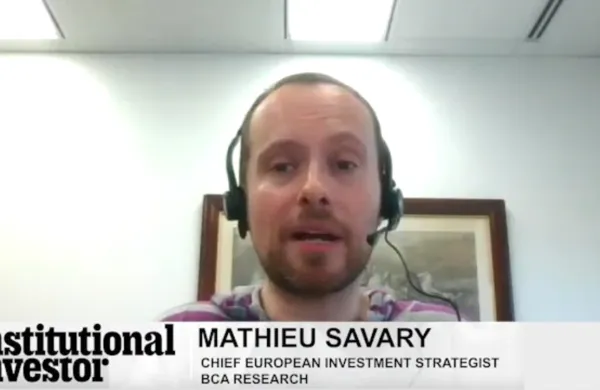The powerful German economy accounted for the bulk of the eurozone’s puny growth in the third quarter, according to official figures on Tuesday that provided a grisly logic for the widening spread between low-yielding bunds and many other eurozone bonds.
German gross domestic product (GDP) increased by 0.5 percent quarter on quarter between July and September – accounting for most of the overall 0.2 percent rise in the 17-member bloc as a whole. Economists warned that even this modest rate of growth in the eurozone may have evaporated in the current quarter, as fears over the solvency of Italy and other member states continue to damage business and consumer confidence in the final months of 2011.
“The eurozone’s modest expansion in Q3 could be the last for some time,” says Jonathan Loynes, chief European economist at Capital Economics in London. Added Loynes: “With more timely indicators already very weak and the debt crisis set to deepen, the risks of another very sharp recession in the region are growing rapidly.”
A survey of fund managers by Bank of America Merrill Lynch encapsulated the widely felt sense of gloom about the continent. It revealed on Tuesday that 72 percent of European respondents believe Europe will suffer another recession in the coming year – almost double October’s figure of only 37 percent.
Tuesday’s barrage of GDP figures, from the European statistical agency Eurostat and national governments, underlined the gap between Germany and much of the rest of the eurozone. Germany’s increase – close to the nation’s underlying growth trend before the credit crunch – was bolstered by high consumer spending. This suggests the German economy may be able to grow through its own internal momentum, rather than relying on exports to troubled neighboring economies. German household spending has been bolstered by an increase in jobs.
Robert Smith, Manager of Barings’ German Growth equities fund, said: “With German employment at record levels, and consumer confidence holding firmly in positive territory, we believe that Europe’s largest economy may yet avoid a technical recession.”
By contrast, the Eurostat figures confirmed that the Spanish and Belgian economies stagnated in the third quarter, with Dutch and Portuguese GDP shrinking. That suggests hopes that strong German consumption will keep other European economies growing amount to a thin reed.
The figures widened the fissure in yields between German government bonds and much of the rest of the eurozone’s sovereign debt. Slow economic growth will make it harder for member states to service their high burden of interest payments when they issue new debt.
The yield on 10-year bunds fell by 2 basis points (bp) to 1.77 percent at the end of European trading, while Spain’s yield jumped by 21bp to 6.31 percent. The news of a contraction in the domestic economy pushed up yields on Dutch bonds, so far seen as a safe haven, by 7bp to 2.39 percent – widening the spread above bunds to 0.62 percent. The yield on 10-year bonds payable by France – whose ability to retain its triple-A credit rating has been questioned by analysts because of the country’s high fiscal deficit – increased by 18bp to 3.62 percent, with the spread against bunds reaching a record high for the euro era.
Italy’s 10-year yield jumped 26bp to close European trading at 7.00 percent on Tuesday because of continued fears about its ability to pay back its debt at a time of stagnant economic activity. No Eurostat figures were available for Italy, but many analysts think its GDP may have fallen in the third quarter. Although yields did not reach the previous Wednesday’s euro-era high of 7.5 percent, many analysts see 7 percent as marking the dividing line above which the increase in yields is at risk of accelerating rapidly upwards.
The eurozone also grew by 0.2 percent in the second quarter, after a 0.8 percent spurt in the first three months of the year.






